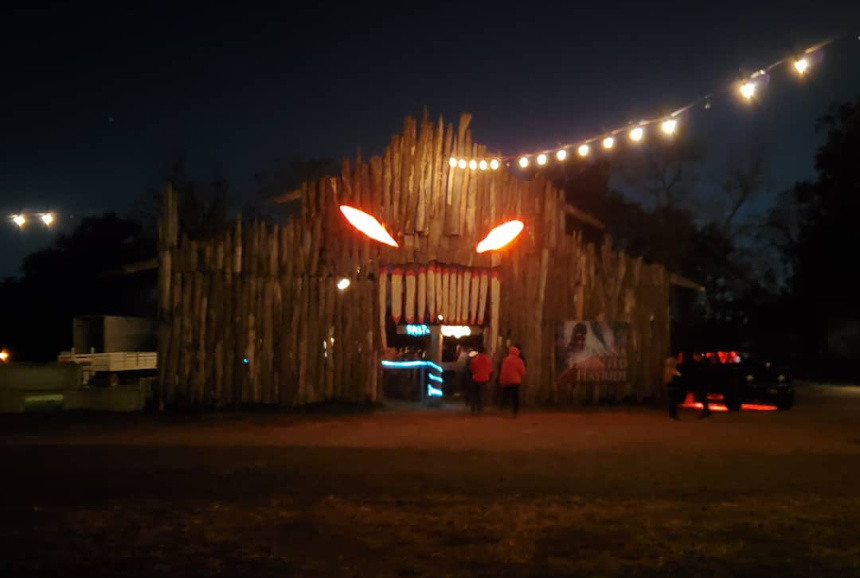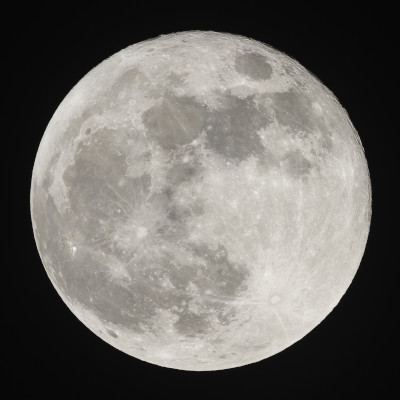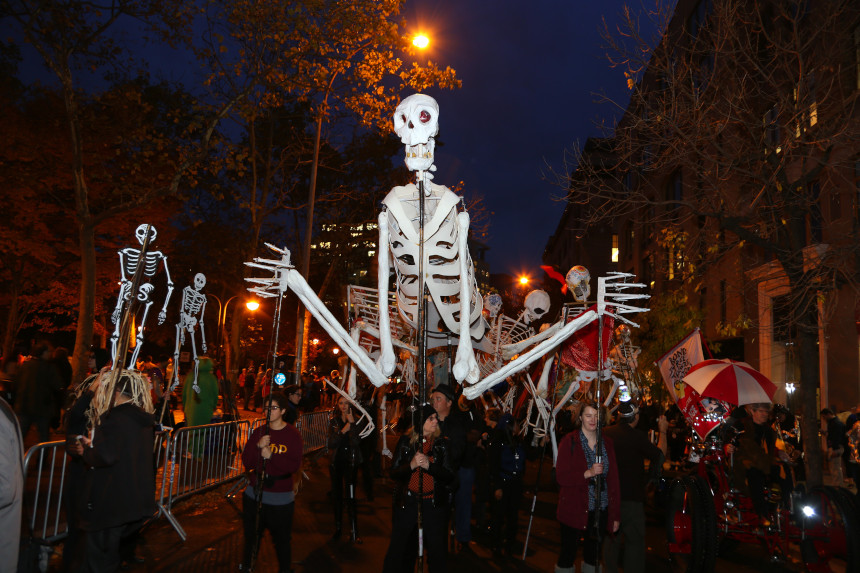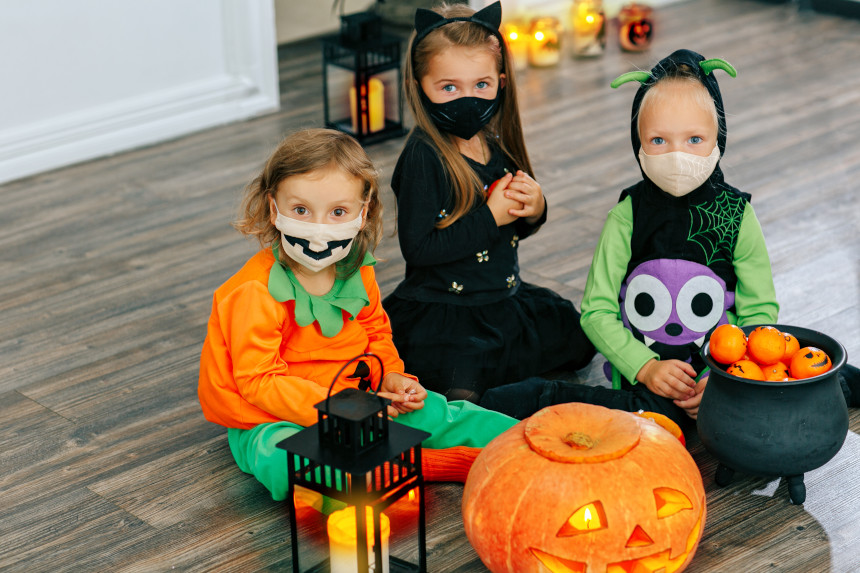What’s Happening to Halloween?
America has to face a frightening fact this October: we are still in the midst of the COVID-19 pandemic. Even with states reopening and calls from certain quarters to get back to business as usual, coronavirus cases are on the rise in 27 states as of this writing. With a proper vaccine still a fair distance from the horizon, many are wondering what to do about that most social of holidays, Halloween. The creepy catch is that there’s no single standard or strategy across the nation, so here’s a snapshot of how different communities are handling various events in the hopes that the outcome isn’t too scary.
The Louisville Jack O’Lantern Spectacular: The Post called this the “Best Halloween Event in the Midwest” in 2018. This year, The Jack O’Lantern Spectacular will still boast over 5,000 intricately carved and lighted pumpkins, but the event will be a drive-thru affair. Organizers decided that it was a solid way to hold the event but still maintain social distancing. The Spectacular, which benefits the Louisville Parks Foundation and requires tickets, runs now through November 1.

Haunted Houses: Local haunted house attractions are a mixed bag. Some have opted to close, and some, like Hanna Haunted Acres, which the Post visited in 2019, will remain open. HHA, considered one of the best haunted house events in the country, lists the series of precautions that they’re taking on the front page of their website. Face masks are required, capacity will be limited, and distancing will be maintained. Contact-free temperature checks are required to enter. The staff has upgraded cleaning procedures and made more hand-sanitizing stations available for patrons. The Hanna website also contains more COVID-19 information for guests, including safety reminders and symptom lists (that could guide you to remain home). Haunted attraction site TheScareFactor.com is maintaining a running list of which regular attractions are open or closed in all 50 states, plus Washington D.C. and Puerto Rico. The state with the most closings is California, with 37, though 32 are open and 90 are unconfirmed; the state with the most remaining open is Ohio, with 72, which is offset by 34 closed and 25 presently unknown.

It’s Free to See the Full Moon (Both of Them): 2020 has been legitimately spooky, so spooky in fact that October this year gets two full moons. By a twin quirk of astronomy and the calendar, the first three days of October have a full moon, and it will be full again on Halloween (which is rare; the last full moon on Halloween that was visible in North America was in 1944). It should be an extremely bright moon as well. Granted, you might not be able to build a whole event out of seeing the full moon, but it’s easy (and free) to do while maintaining socially distancing.
Staying Safe the CDC Way: The Centers for Disease Control added a section to the “Your Health” area of their website that’s all about staying safe throughout the holidays. The section comes with a lengthy introduction about precautions to take in the event that you host or attend any kind of holiday gathering. In the Halloween segment, the CDC lists activities and whether they can be considered lower, moderate, or higher risk. Many traditional activities like treat-or-treating, trunk-or-treat events, indoor haunted houses, and indoor parties fall into the higher-risk area.
Likewise, CNN Health also published a list of 31 activity suggestions that people can do safely. These ideas run from the extremely modern (celebrating with Animal Crossing) to the tried-and-true (Scary Movie Night).

State by State, City by City: Every community, city, and state is likely to have their own rules, which you should be able to find online. Cities like Los Angeles will be shutting down larger gatherings and have forbidden big events like carnivals and haunted houses from operating at all. The famous Greenwich Village Halloween Parade in New York has been cancelled, as have big events in Salem, Massachusetts. Here’s a list of some of the more significant cities with cancellations or big changes.
One example of state rules can be found in the Illinois Department of Public Health’s response to Halloween activities. The IDPH encouraged people to stay at home, but also acknowledged that people will go out anyway and therefore issued guidelines. A statement from IDPH Director Dr. Ngozi Ezike in The Chicago Tribune emphasized some familiar points: “Remember, we know what our best tools are: wearing our masks, keeping our distance, limiting event sizes, washing your hands, and looking out for public health and each other.” Illinois is also one of several states that is prohibiting indoor haunted houses at the moment, though outdoor versions may still occur under restrictions. Consult the guidelines for your community to see what is and isn’t allowed this year.

The Choice is Yours: The decision about what to do (if anything) for Halloween is up to each individual (or each family). The best practices are obviously to be cautious and thoughtful. Costume masks don’t work like personal protection masks, for example, and indoor gatherings offer some of the highest risks. There are clearly a number of ways to have a good time, even if we have to modify the expectations set by previous holidays. As long as you practice social distancing, make smart choices, and avoid babysitting in Haddonfield, Illinois, you can still have a Happy Halloween.
Featured image: (From the 2018 Louisville Jack O’ Lantern Spectacular; photo by Becky Brownfield)